The Way It Sounds
The Reference R1 from Flare Audio utilizes a dynamic driver inside of the headphone, but that’s about where the similarities to the plethora of other dynamic drivers on the market stop. The R1 has a unique, almost weighted sound that, in my opinion, is close to the natural and more substance filled sound of a planar magnetic headphone. Each and every note has weight to it, and by comparison makes other dynamic drivers sound positively thin and unnatural. The R1 does take some getting used to though. Even more so if you switch between it and other headphones frequently. It’s confusing to your ears, like you can’t quite make up your mind whether it (the R1) is a great headphone, or just not worth a second listen. It is definitely something you need to hear yourself to understand what I mean. Straight out of the box, midrange sounded wonky, treble was subdued (but brightened over time) and there was a veil that was beyond anything I had ever heard, even with my old Sennheiser HD650. The longer I listened to the R1, the better it started sounding. I can’t say whether this was brain burn in or a product of finally adjusting to an equally pressure balanced, distortion free sound.
The Treble: Is smooth and detailed, and pretty well extended. Even when listening to poorly recorded tracks it never came across as screechy, sibilant, or strident, though you could tell when a recording was of poor quality as it picked up everything.
The Midrange: has a very forward, very musical presentation, lush and full of texture. Very similar to my LCD-2 in that regard. It does have its drawback in this area though, presenting itself as wonky and kind of all over the place as I had mentioned previously. When it gets it right however, it really gets it right and becomes an eargasmic pleasure to listen to. Once you’re past the comfort issues, of course. The times where it was “off” sounding, it reminded me of the AiAiAi’s DJ headphone, dubbed the TMA-1, which was not fun to listen to when I had it.
The Bass: is actually really nice on these. Fast and punchy, with enough low end rumble to satisfy anyone who isn’t a complete bass head.
Sound stage: isn’t the greatest, but it wasn’t bad either. It wasn’t very wide and instead seemed to focus on detail, texture and separation more than anything else, which was a great idea in my opinion. I, personally, would use this as a portable headphone and on the go I’m not so worried about staging too much. Having that extra “oomph” in detail though? That is awesome as so much gets lost amongst the noise of our travels.
Conclusion and Final Thoughts
The Flare Audio Reference R1 headphone, while being a great listen after some getting used to, still feels somewhat like an incomplete product to me. Almost like a prototype. If Flare Audio can fix the comfort issues with this headphone (and it seems they’re already working on it) as well as get rid of that all-encompassing veiled sound, I think they would have a real winner on their hands. At £499.00, or about $750 USD, I would probably look elsewhere until it seemed like less of a prototype. I love the overall musicality but the veiled sound and comfort as well as the price stop me from loving the headphone in its entirety for now. Hopefully Flare Audio revamps these headphones in the very near future!
Full specs can be seen here and you can read all about the Vortex technology here.





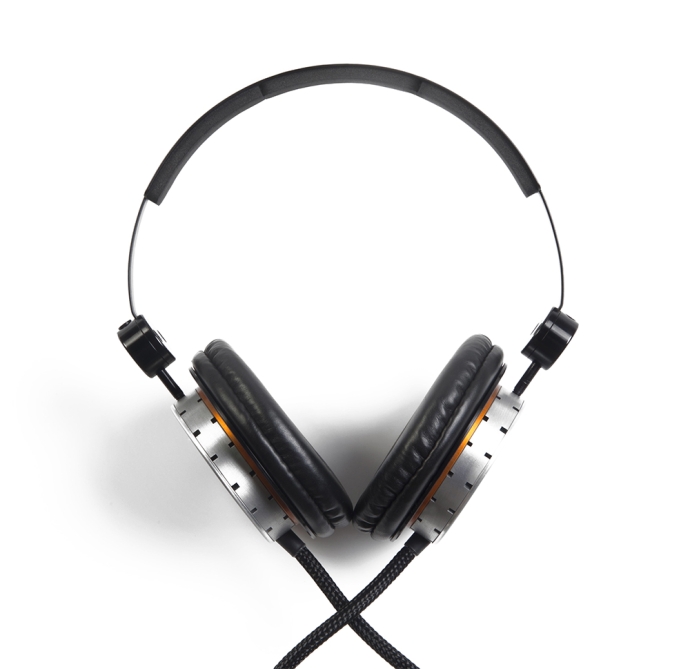
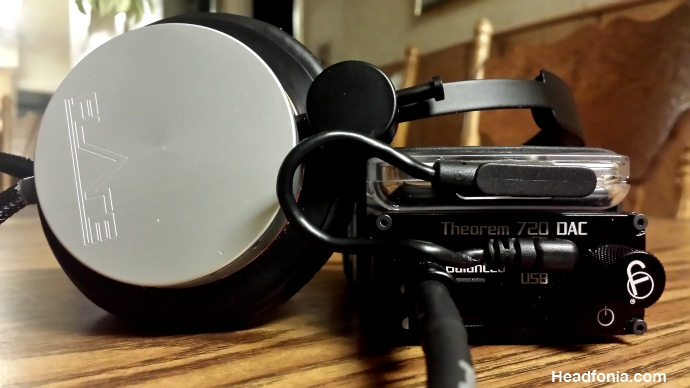
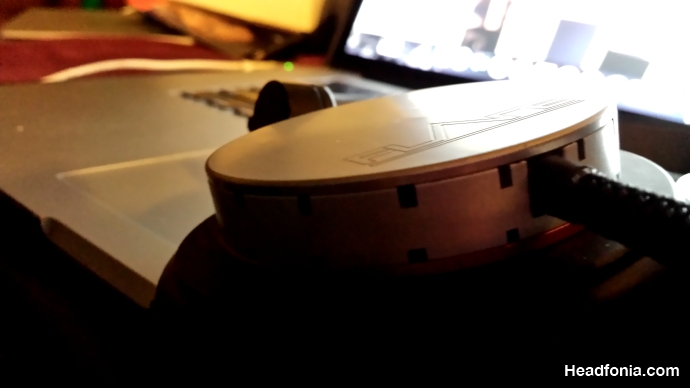
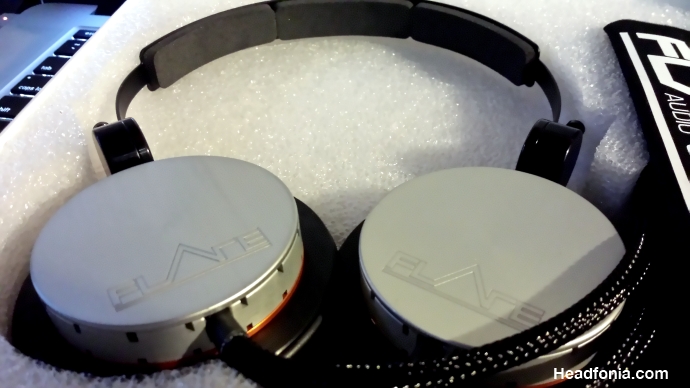
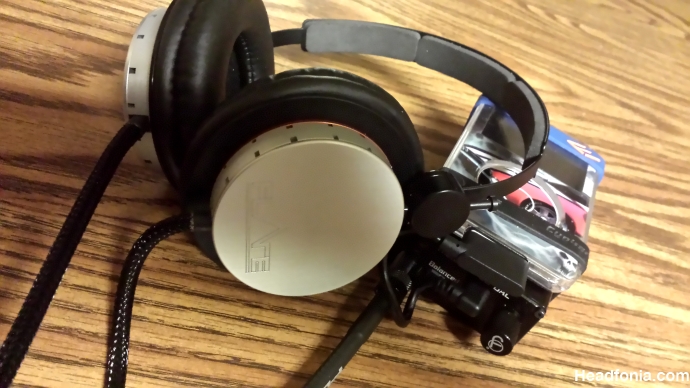
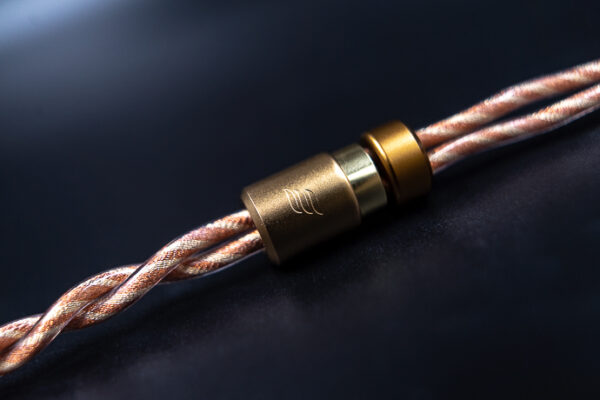
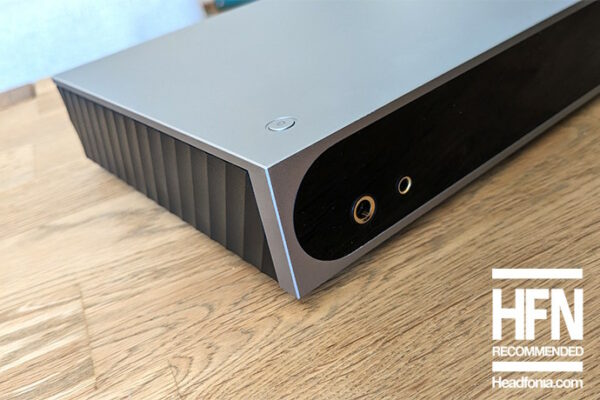
Joe Gstettner
Hi Ricky!
I have had the Flare R1 the last weeks with me and mostly I am with you.
@building quality – this unit so massive! “build to last forever” – it is a real pleasure to feel the metal and the rock-solid building quality. I love that!
@comfort – first it does fit quite good for me, after some times (about 45 min or so) I have to take it off and go for a pause. On the other hand I am wearing glasses, which is a problem with most on/over-ears.
@sound – the first impression is “huch?”. As you already put down, it is flat, feels wrong in the mids and no dynamics in the bass. I did not get into the flow as you did. Although I may understand the intention of bringing up every detail (which I could already hear), there was no soundstage for me. My listening experience never came close to my Audeze LC-2 but maybe I am just the wrong person for the R1.
If they will come up with a successor I am more than seduced to give it a try. I love the style, the building quality and it is a pitty – and makes me really sad – that the sound won’t work for me and my listening habbits.
Thanks for sharing your thoughts!
Cheers,
joe
Headfonia_L.
Thank you for the feedback Joe. When will you do another review for us? 🙂
Joe Gstettner
Hi!
Unfortunately there is no new stuff I may offer to write about. 🙂
Cheers
joe
KarlLin
Hi Joe, off topic, sort of. I am about to buy a Tera Player, but am not thrilled with smaller headphones like the Koss Pro that everyone swears by with the Tera. Are you using the Grados, or could you recommend both your favorite iem and favorite full sized cans? I would appreciate a direction to go in. Thanks
Joe Gstettner
Hi Karl,
I did use the Koss Porta, but I really prefer the Grados paired with the Altmann. The downside: the Grado is not made for public listening with the open design.
At the moment I don’t use IEMs, so I can not say anything about them.
Full sized cans? Well, for the Audeze LCD-2 the Tera does not provide enough power, but if you look at the LCD-X review here on headphonia, you may find the Tera paired with them.
As I remember, Mike did a Tera review here, too. I can not citate the mentioned headphones there, but did you have a look at it?
Hope, this gives you some ideas,
cheers
joe
KarlLin
Thank you Joe, the Grados will be perfect for me. I’m in China so disturbing the public is not a problem. 😉
Ricky Sterling
@joegstettner:disqus I completely agree with you on the soundstage. It was detailed, but as far as width, I had originally written that it was meh (meh = nothing there/nothing special). I didn’t think that would be an adequate way of describing it though, so I quickly changed it to what you see there.
In regards to the comparison of the LCD line.. I was talking speaking to the fullness of sound that the R1 offers.. It had a very intimate and forward midrange to my ears.. Once you allowed yourself to look past that veiled sound anyways, which is pretty hard to do at all.. All I meant is that it has a full and weighted planar sound, but its definitely not ON PAR with the LCD-2 at all.
The feedback is much appreciated by the way!
Joe Gstettner
Hi Ricky!
Yeah, I really wanted to love the R1 as I do fall in love with the building quality – wish that Grado would come this way 🙂
The direction Flare is taking with the R1 is obvious: Details, details & details. For me it just does not feel right, but I can imagine there are people out there, who are keen on getting every smallest detail in listening. Or at least does need this for their work.
@Feedback and Flare Audio: The company does absolutely care about their customers and feedback. I had good conversations with them via mail and I tried to describe my experience as good as I can. Nothing to publish as a review, but maybe some serious inputs for the makers.
Cheers,
joe
dalethorn
Can they just change the earpads (as you mentioned) and still maintain their signature sound? Sound always changes when the earpads change.
Ricky Sterling
I dunno.. Haven’t asked them about the earpads at all, but I would assume the sound stays about the same since they seem adamant about keeping it the way it sounds. I would again assume that the only difference you would hear is a very slight increase in soundstage, due to the pads being thicker and placing your ears further from the driver.
dalethorn
Thanks. I find this headphone really intriguing, like the old heavy-metal Beyerdynamic they kept in service from WW2. Unfortunately the price is out of range, unless the sound were stellar. But, still thinking….
dalethorn
I want to ask a question and make a suggestion. First, please read this Stereophile review of the Audience ClairAudient 2+2 speaker from July 2011, where he makes some very interesting comments about this speaker that has no crossovers, and how after much listening he finally realized that the strange sound had a lot to do with the lack of distortions (esp. phase) that are caused by crossovers (which this speaker has none).
The question I have is, could the strange sound attributed to this headphone be related in some way to the observations in this Stereophile review, i.e. a somewhat ‘lifeless’ sound due to lack of phase shifts or errors? I read the Innerfidelity charts, esp. the Impulse Response chart (that had no impulse from what I see). If there’s no impulse spike does that mean there are no transients? Very odd…
http://www.stereophile.com/content/audience-clairaudient-22-loudspeaker-page-2
dalethorn
I sent an email Thursday to the official people at Flare Audio, telling them I review headphones, asking a couple questions and offering my impressions, and finally asking where I can obtain a sample for review. So far no answer.
Naomi
Hi dale
Sorry that you’ve had no reply – please email me on [email protected] and I’ll do my best to help you.
Best
Naomi
dalethorn
Thanks – reply sent.
digitldlnkwnt
I enjoyed the review very much and I like how you made even-tempered observations. I walk away feeling more like i want to see this headphone evolve and less like i just wasted 10 minutes of my life reading about another headphone i couldn’t afford. I found your observations very relatable, detailed and succinct. Thanks for taking the time to review-definetly a very interesting piece of hardware.
dalethorn
I got one from Flare Audio. The big impediment to getting on with this isn’t the detail or soundstage per se, it’s that the ordinary freq. response is so different from what you’re used to that you end up comparing apples and oranges. It is possible to compare apples to apples however, and just like adjusting the volume to be the same on two items you’re comparing, in this case it was necessary to adjust the freq. responses somewhat to eliminate the huge distraction factors that those differences create. Bottom line: once I adjusted that response (i.e. EQ), the soundstage was easily better than my Grado 325e, and comparable to the Beyer T90 – both of those open-back. What isn’t as easy to resolve are the transients etc. – whether the little micro-noises around transients with the conventional headphones represent better detail, or shouldn’t be there at all. But it’s probably somewhere in-between.
J-2
Finally, recalled your comment. I read you have posted a few posts on Whathifi forums and feeling mixed idea about R1 for monitor piano, band and vocal recording purposes. Is this the time to choose R1MK1 over MK2 if the difference wasn’t significant?
What your impression on the frequency response on 10-100Hz? I’m assumed it is lack of bass?
http://www.innerfidelity.com/images/FlareAudioReferenceR1.pdf
dalethorn
The thing is, the Flare Audio R1 was marketed with a very strong and confident statement, about the breakthrough technology that equalizes the pressures on the front and back of the drivers (this description is very approximate), to achieve a very pure and realistic sound. The engineer for that product has been the main (or only) person discussing this technology with the public (headphone users).
The objective fact as I see it is the headphone is extremely treble-shy, and the physical clamping force is so strong (for proper bass response) that nobody I know of could use it besides me. I have the R1 now, and I really wanted to pursue it as followup to my reviews, but all of my questions and requests for discussion were forwarded to the R1 engineer, and he was very clear in his replies — that the R1 is the ‘right’ sound, period. I think it’s the wrong sound, so we reached an impasse and discussion was ended.
I think the R1 has potential, but in my research on treble-shy headphones, what happened at a local Apple store told me that there’s a problem: I asked the Apple guy what happens when a customer says “this headphone (usually Beats) sounds dull”, and the Apple guy said he tells the customer to “turn up the volume”.
There are a few treble-shy headphones that I’ve equalized successfully without creating large peaks and recesses between frequencies, but I couldn’t do that with the R1. If I had a 30-band equalizer and a couple of months time to work it out, I could do a good job of it. The simple fact is, regardless of the hype about the breakthrough technology, you can assess the frequency response with any of several sweep-tone files that are available on the Internet.
J-2
I guess there are 2 types of companies, one is tuning according to raw specification and one is tuning to sound signature. In my email to Paul at Flare Audio, he have no problem wearing the newer R1MK1 for a long period and no strain to the ears. It’s a surprise being a treble-shy. It’s quite late in my timezone, now I have the idea how its could sound like.
dalethorn
My position relates to high fidelity as a standard. If the headphone sounds about the same playing acoustic music as what you hear live in-person, then it’s the right sound. If you’re strictly into EDM or other electronically-produced music, then that’s a different matter.
J-2
I’m more on acoustic piano and symphony but not the classical genres. As far as you’ve been in the industry, is there any headphones sound quite well for live recording and studio use? My challenge is on researching pianos.
dalethorn
In the review I did of the Beyer T1, posted on ComputerAudiophile, a user who has very accurate pitch said that the Beyer T1 couldn’t resolve the difference between a Bosendorfer and a Steinway – not that the T1 isn’t a high-resolution headphone, but the tonality is so skewed that these pianos didn’t sound natural. The Audeze LCD2 came close in having a smooth hi-fi signature, but didn’t have enough “aliveness” to be enjoyable. It could be that some of the LCD3 models may be better – don’t know for sure. The Final Audio Pandora VI was excellent, having only a minor treble coloration, but amazing detail. It’s also very heavy – need to keep one’s head very still. On the lower end of the price curve, the Focal Spirit Pro is very good, but it’s bulky and uncomfortable. Also in lower prices are the Shure SRH-940 and 1440, both a little bright, but excellent with a slight treble rolloff. The Sennheiser HD800 sounds very similar to the 2 Shures I mentioned as far as signature is concerned, but has the best resolution of upper harmonics of any headphone I’ve heard. It’s so good in fact, that its advantage over other premium headphones can be heard even on an iPod, if the music track volume is sufficient to hear those details.